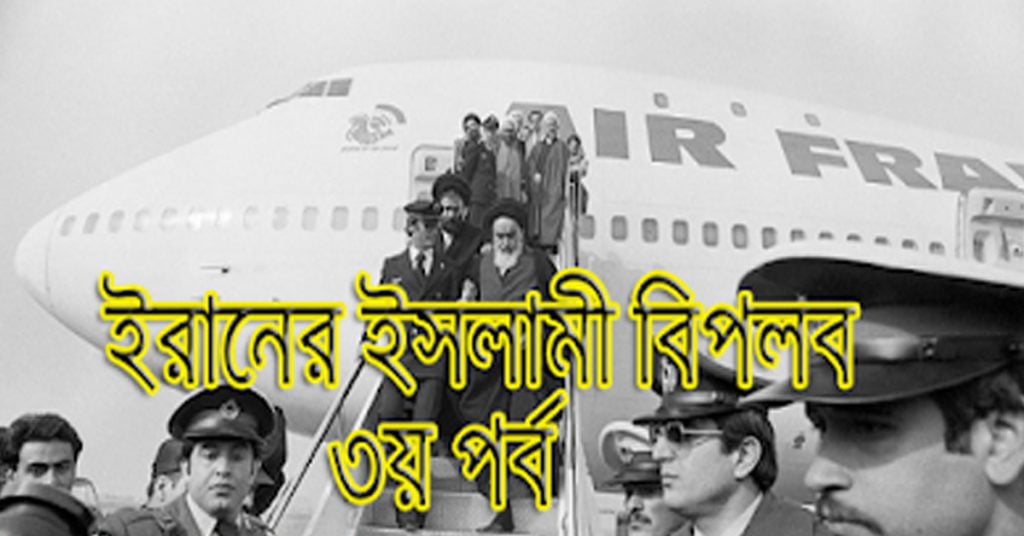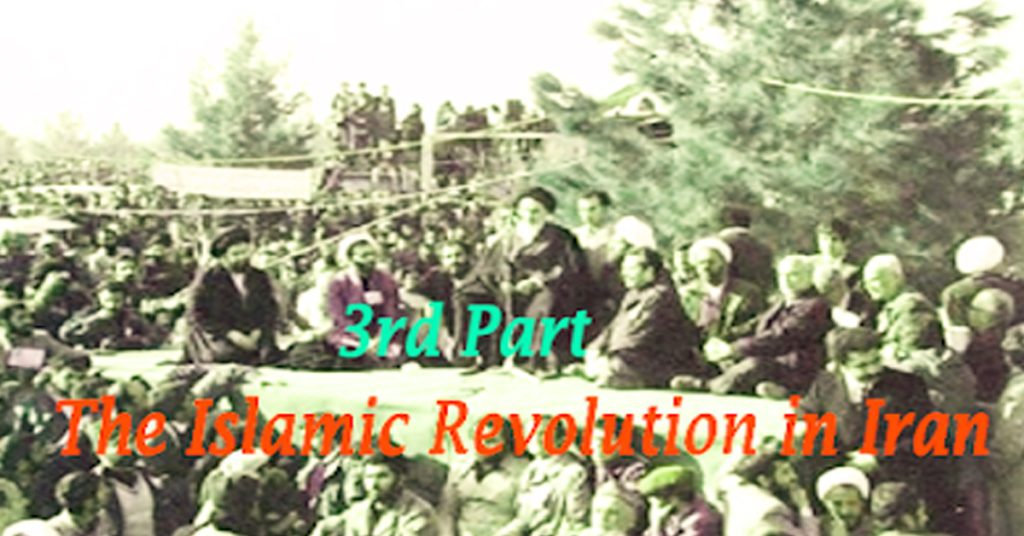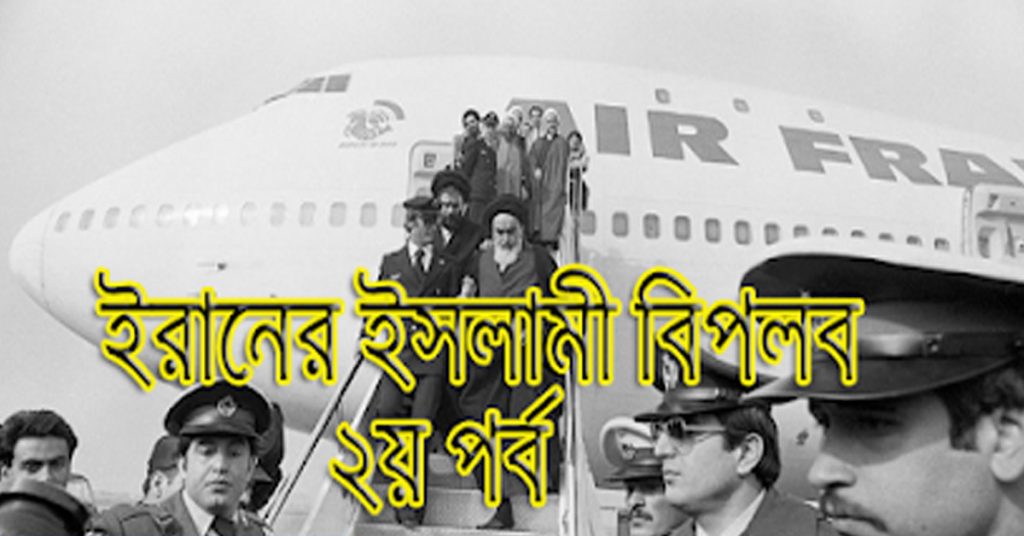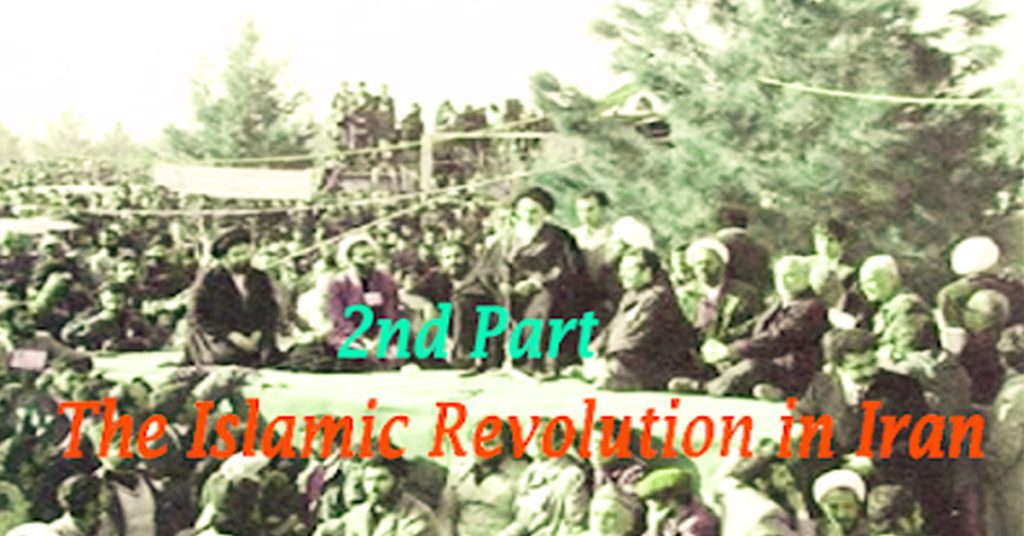The Islamic Revolution in Iran
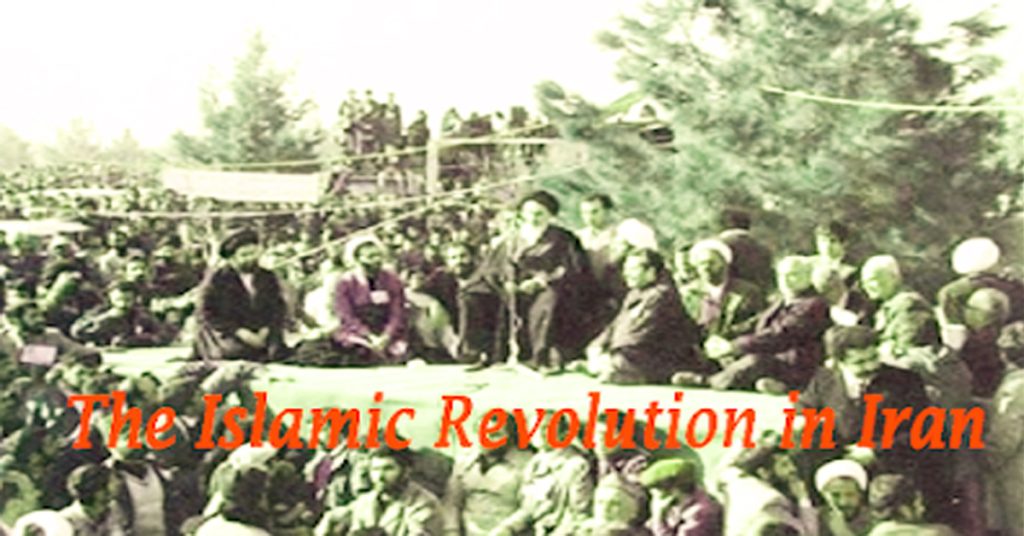

The days of the Islamic Revolution in Iran.
(1st episode)
The history of the Iranian struggle against injustice and oppression is ancient. Although the final path to the Islamic Revolution began in the 1980s, the Iranian movement against dictatorship began much earlier. The constitutional revolution of 1905 and the mass struggle of the 1950s for the nationalization of oil resources are two other notable events of the twentieth century. He is, however, returning to the history of the final journey on the path to the Islamic Revolution.
1961. Religious leaders and the public were outraged when the dictatorial Shah government passed anti-Islam local council laws. Imam Khomeini (ra) called for the repeal of this law. But Shah did not listen to it at first. The movement intensified. In less than a year of movement, Shah was forced to repeal the controversial law. It can be said that the journey of revolution started with success.
In early 1963, the Shah adopted a mass deception plan called the White Revolution. In reality, the plan was extremely damaging to the Iranian people and economy. For this reason, Imam Khomeini (ra) opposed the plan from the religious city of Qom. Even then a referendum was held on the plan. Most people boycotted the referendum because of Imam Khomeini’s opposition to the plan.
The Islamic Revolution in Iran
The Iranians did not celebrate the Persian New Year for six years in protest of the White Revolution plan. It is to be noted that Persian New Year is celebrated in Iran every year with great pomp. New Year’s Day can be called the biggest joyous festival in Iran. But on that day, the Iranians expressed solidarity with Imam Khomeini and refrained from celebrating this important festival. Due to this unbelievable move by the Iranian people, Shah became worried about his future. At the same time, orders were issued to attack the religious city of Kome. Shah’s Petoya forces attacked Kome. Several people including students and teachers were martyred. The next day, Imam Khomeini issued a statement condemning the brutal attack by the Shah’s forces.
A few days later, the month of Muharram began, commemorating the martyrdom of Imam Hussein (as), the beloved grandson of the Prophet. The people of Iran mourn this month by organizing various mourning ceremonies and wise scholars and eminent people speak at these ceremonies. In this situation, Imam Khomeini (ra) called for the use of the month of Muharram to make people aware of the Shah’s oppression and unjust rule. Immediately after this call, the speakers at the mourning ceremony started recounting the details of Shah’s misdeeds.
The Islamic Revolution in Iran
The tenth of Muharram is called Ashura. On the day of Imam Hussein’s (as) martyrdom or Ashura, the whole of Iran is in mourning. Millions of people took part in today’s mourning ceremony.
On such a day in 1963, Imam Khomeini issued a statement on Shah’s anti-religious and anti-national activities, which was read out at various Ashura ceremonies. On June 5, 1963, Shah’s forces arrested Imam Khomeini and sent him to prison in Tehran for publishing the statement.
News of Imam Khomeini’s arrest spread like wildfire throughout Iran, and crowds took to the streets chanting slogans demanding his release. Shah’s forces attacked the protesters with weapons. The highway is bloody. Thousands of righteous people were martyred all over the country, including the capital Tehran and the religious community.
The movement seems to have come to a standstill. Imam Khomeini was kept under special surveillance for some time at an army base and in a house for about 10 months. As the situation calmed down a bit, the ruling party assumed that Imam Khomeini (ra) had lost the courage of his movement and the masses would not dare to build a new movement. For this reason, Imam Khomeini was released in April 1964. But a few days after the release of Imam Khomeini, the Shah delivered an inflammatory speech against the government.
The Islamic Revolution in Iran
He strongly criticized the Shah’s reliance on foreigners and called on the people to build resistance. A few days later, the month of mourning Muharram came again. The mourning ceremonies of that year also took the form of exposing the Shah’s wrongdoings. In these mourning ceremonies, those who were martyred in the attack of Shah’s forces in the same month of the previous year are also remembered with deep respect.
In October 1964, Shah passed the Capitulation Bill with his loyal parliament. The bill was an insult to Iran’s independence and sovereignty. Because of this law, no US citizen could be tried in Iran. In a word, US citizens stationed in Iran were put on trial. The whole nation was outraged by this anti-independence and anti-sovereignty law. Imam Khomeini highlighted the destructive effects of this law. This great leader made everyone aware of Shah’s injustice and corruption and declared the United States as the main cause of the suffering of the people. “The United States and the occupying Israel are responsible for our suffering now,” he said. Because, on the advice of the United States and Zionist Israel, the dictatorial government of Iran made the lives of Iranians miserable.
The Islamic Revolution in Iran
In this situation, Imam Khomeini’s rational speech frightened the Shah’s government. They decided to isolate Imam Khomeini from the people in order to overcome this fear. According to the decision, the imam was deported to Turkey on November 4, 1964, and to Iraq 11 months later. And thus began the 14-year exile of the Imam. Even when Imam was in exile, there were more or less movements in IranThat was it. Although the movement on the ground was apparently stagnant due to the repression of the Shah’s forces, the in-laws continued their preparations. Evidence of this was found on January 20, 1965. On the same day, some members of the Islami Mutalef party assassinated the then Prime Minister Hasan Ali Mansur, loyal to the Shah. Later, however, Shah’s forces brutally killed those involved in the killings in a firing squad. #
(Collected)

